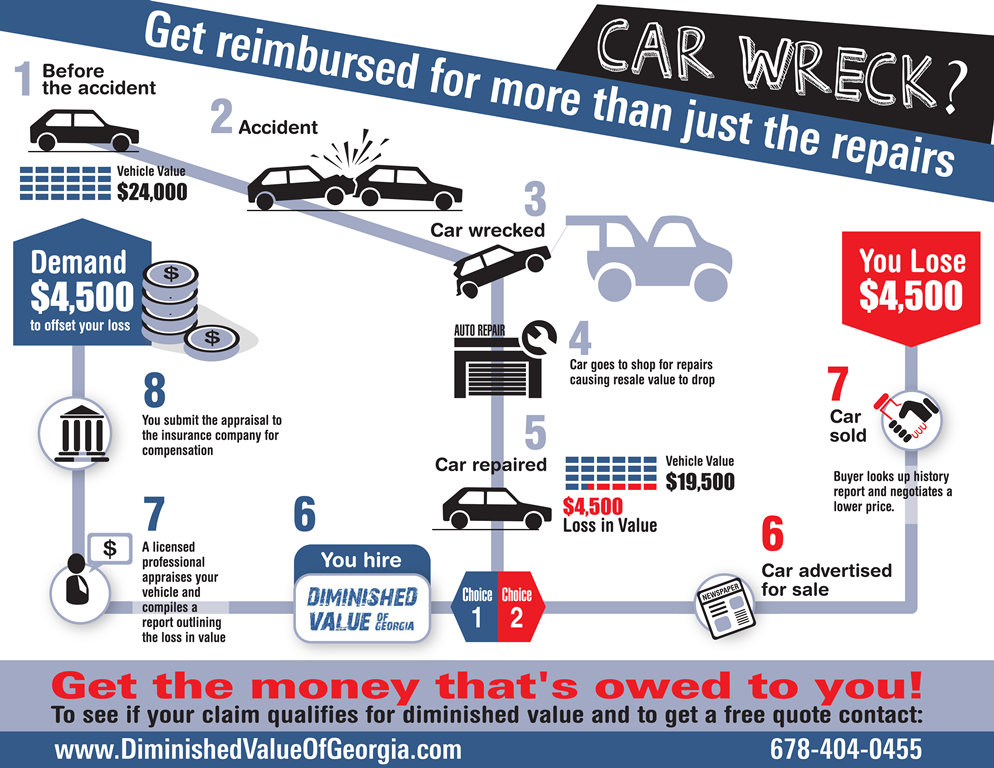Gain Insight Right Into The Dashboard Caution Lights In Your Automobile To Understand Their Effects On Your Auto'S Well-Being And Safety And Security
Gain Insight Right Into The Dashboard Caution Lights In Your Automobile To Understand Their Effects On Your Auto'S Well-Being And Safety And Security
Blog Article
car ac repair kit Written By-Kessler Boyer
When you're behind the wheel, those glowing warning lights on your control panel can be a little bit complicated. Do you know what they're attempting to inform you regarding your car's health? Comprehending https://ecu-tuning-near-me17384.topbloghub.com/33890972/behind-the-scenes-what-makes-a-trustworthy-auto-service-center-stick-out of these lights is important for your safety and the longevity of your automobile. So, the following time one of those lights pops up, would not you intend to understand its message properly and take the needed steps to resolve it?
Common Warning Lights and Interpretations
Identify typical warning lights in your automobile and recognize their significances to guarantee risk-free driving.
One of the most normal caution lights include the check engine light, which signifies issues with the engine or emissions system. If this light comes on, it's crucial to have your automobile inspected quickly.
The oil stress warning light suggests low oil stress, needing immediate interest to avoid engine damages.
A blinking battery light could suggest a damaged charging system, possibly leaving you stranded if not resolved.
The tire pressure monitoring system (TPMS) light signals you to low tire stress, affecting lorry security and fuel effectiveness. Neglecting this can result in hazardous driving problems.
The abdominal light suggests an issue with the anti-lock braking system, jeopardizing your ability to quit quickly in emergencies.
Lastly, the coolant temperature level advising light warns of engine getting too hot, which can lead to extreme damages if not resolved quickly.
Understanding these common caution lights will certainly help you attend to concerns immediately and maintain secure driving problems.
Value of Prompt Focus
Recognizing the usual warning lights in your car is only the very first step; the significance of quickly resolving these cautions can not be emphasized enough to guarantee your safety and security on the road.
When a warning light brightens on your control panel, it's your car's way of communicating a possible concern that needs interest. Ignoring these cautions can cause more serious issues down the road, endangering your safety and possibly costing you much more in repairs.
Motivate focus to alerting lights can prevent malfunctions and mishaps. For instance, a blinking check engine light can suggest a misfire that, if left unattended, can create damages to the catalytic converter. Addressing this immediately can save you from a costly repair.
Similarly, a brake system warning light could signify reduced brake liquid or worn brake pads, crucial elements for your safety and security when driving.
DIY Troubleshooting Tips
If you observe a warning light on your dashboard, there are a couple of do it yourself repairing ideas you can try prior to seeking specialist assistance.
The very first step is to consult your car's manual to understand what the certain caution light indicates. Often the problem can be as easy as a loose gas cap setting off the check engine light. Tightening the gas cap may solve the issue.
An additional typical concern is a low battery, which can trigger different alerting lights. Examining the battery connections for corrosion and guaranteeing they're safe and secure might deal with the issue.
If a warning light continues, you can try resetting it by detaching the auto's battery for a couple of minutes and afterwards reconnecting it. Additionally, checking https://theweeklydriver.com/2022/04/comparing-houston-auto-repair-shops/ , such as oil, coolant, and brake liquid, can help repair cautioning lights connected to these systems.
Final thought
In conclusion, recognizing your vehicle's warning lights is crucial for keeping your automobile running smoothly and securely. By immediately attending to these notifies and recognizing what they indicate, you can stay clear of pricey repair work and prospective breakdowns.
Keep in mind to consult your automobile's manual for specific details on each warning light and take action as necessary to guarantee a trouble-free driving experience.
Remain educated, remain safe on the road!
